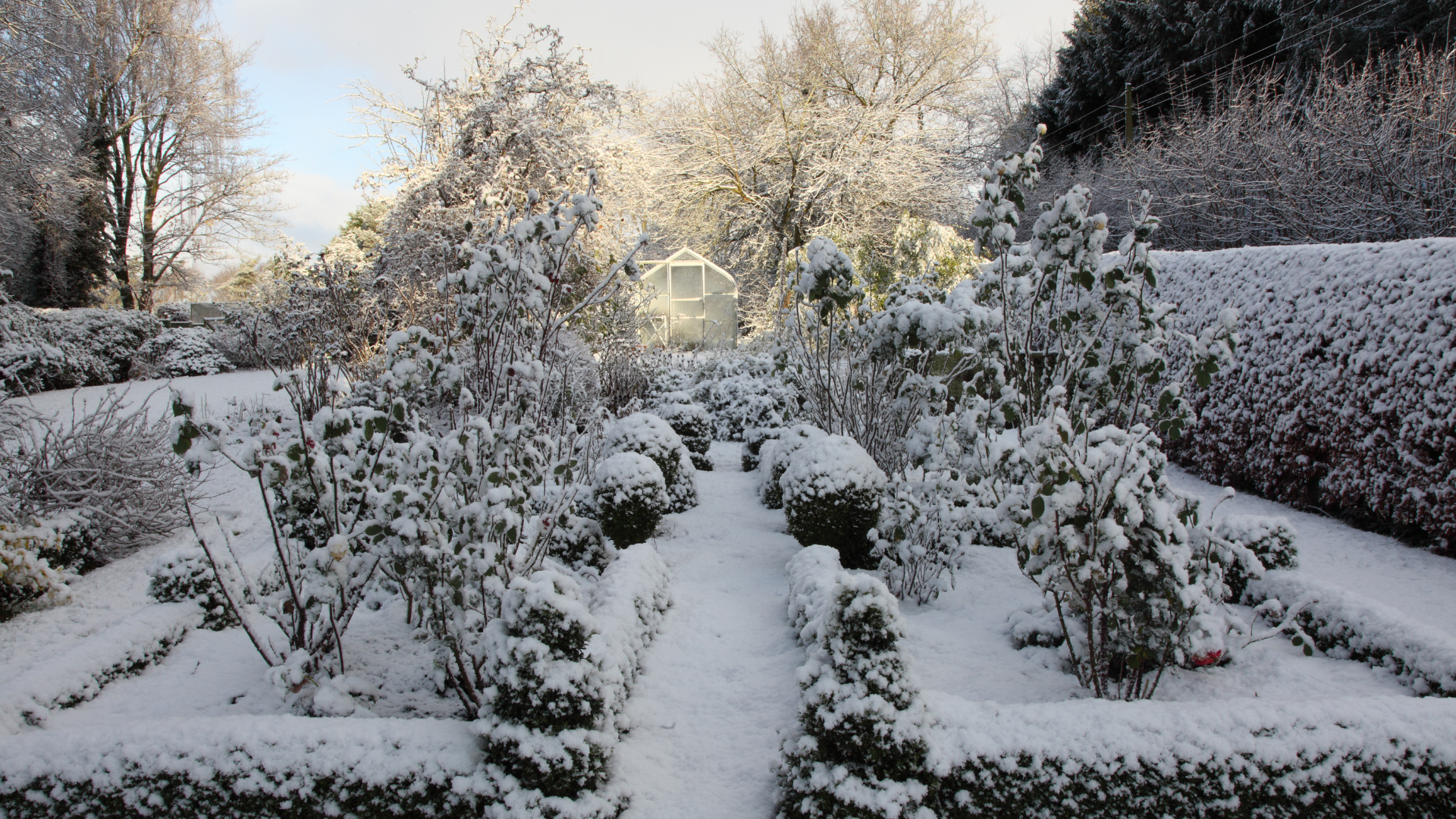Putting Your Garden to Bed for the Winter
As October winds down and frost begins to nip at the edges of your garden, it's time to tuck everything in for its long winter nap. Putting your garden to bed might not sound glamorous, but it’s one of the most important things you can do to ensure a strong, healthy start come spring.
Here’s your go-to guide for your fall garden shutdown—plus a few tools and tips to make the job easier.
Water Well Until the Ground Freezes
Just because temperatures are dropping doesn’t mean your plants don’t need water. In fact, deep watering before the ground freezes helps hydrate roots and gives your shrubs, perennials, and trees a stronger chance of surviving winter stress.
✅ Tip: Focus on new plantings, evergreens, and anything you added this season. Moisture helps insulate roots and prevents winter desiccation.
Trim Back Once Dormant
When your perennials and shrubs go fully dormant, it’s safe to give them a little haircut. Cut back dead or damaged stems to prevent disease and tidy things up for next season.
Some plants prefer to be left standing (like ornamental grasses and certain pollinator-friendly varieties), so if in doubt—ask us!
Tools that help: We carry quality pruners and rakes to make cleanup quick and efficient.
Clean Up Debris to Prevent Pests
Fallen leaves and spent plants may look innocent, but they can harbor insects, mold, and disease over winter.
Be sure to:
Rake out dead leaves from garden beds
Remove annuals and any diseased plant material
Tidy up around the base of shrubs and trees
✅ Bonus: Healthy leaves (not diseased) can be added to your compost pile or shredded and used as winter mulch.
Don’t Forget to Mulch!
Some plants need a little extra TLC to get through the coldest nights—especially temperamental or borderline-hardy plants like Japanese maples.
Add a 2–4” layer of mulch around:
Japanese maples
Roses
Newly planted perennials or shrubs
Any marginally hardy plants
This acts like a cozy blanket, helping regulate soil temperature and moisture.
Need mulch? We've got you covered—with bulk and bagged mulch ready to go!
Cover Crops: The Garden’s Secret Weapon
One of the best ways to replenish nutrients and protect your soil over winter is by planting a cover crop! Popular cover crops include:
Winter rye
Crimson clover
Hairy vetch
They prevent erosion, suppress weeds, and improve soil structure for better spring planting. You can even mow and till them into the soil as a green fertilizer next season.
Never tried cover cropping before? Stop in—we’ll help you choose the right mix for your garden.
Compost: Fall is the New Spring
Now is a great time to top-dress vegetable gardens and raised beds with compost. A light layer worked into the top few inches will slowly break down over winter, boosting soil health by spring.
You can also add compost to perennial beds, around shrubs, or as a base layer before mulching.
We carry high-quality bulk and bagged compost perfect for garden and landscape use.
Fall Garden Wrap-Up Checklist
✅ Water deeply until the ground freezes
✅ Cut back perennials and shrubs once dormant
✅ Clear debris and fallen leaves
✅ Mulch sensitive plants
✅ Top-dress with compost
✅ Plant cover crops in veggie beds
✅ Rest, relax, and dream of spring
Need Supplies? We’ve Got You Covered.
Stop in for everything you need to wrap up your garden this fall, including:
Mulch & compost (bulk and bagged)
Hand tools: pruners, loppers, rakes, gloves
Cover crop seeds
Fall garden advice (we love questions!)

